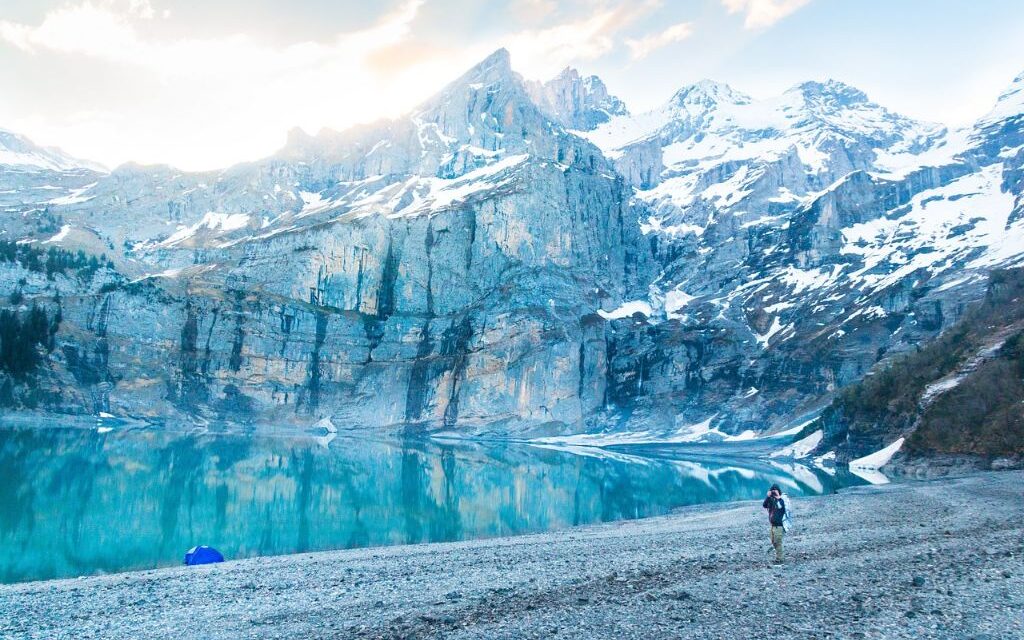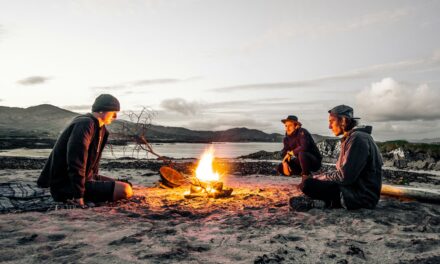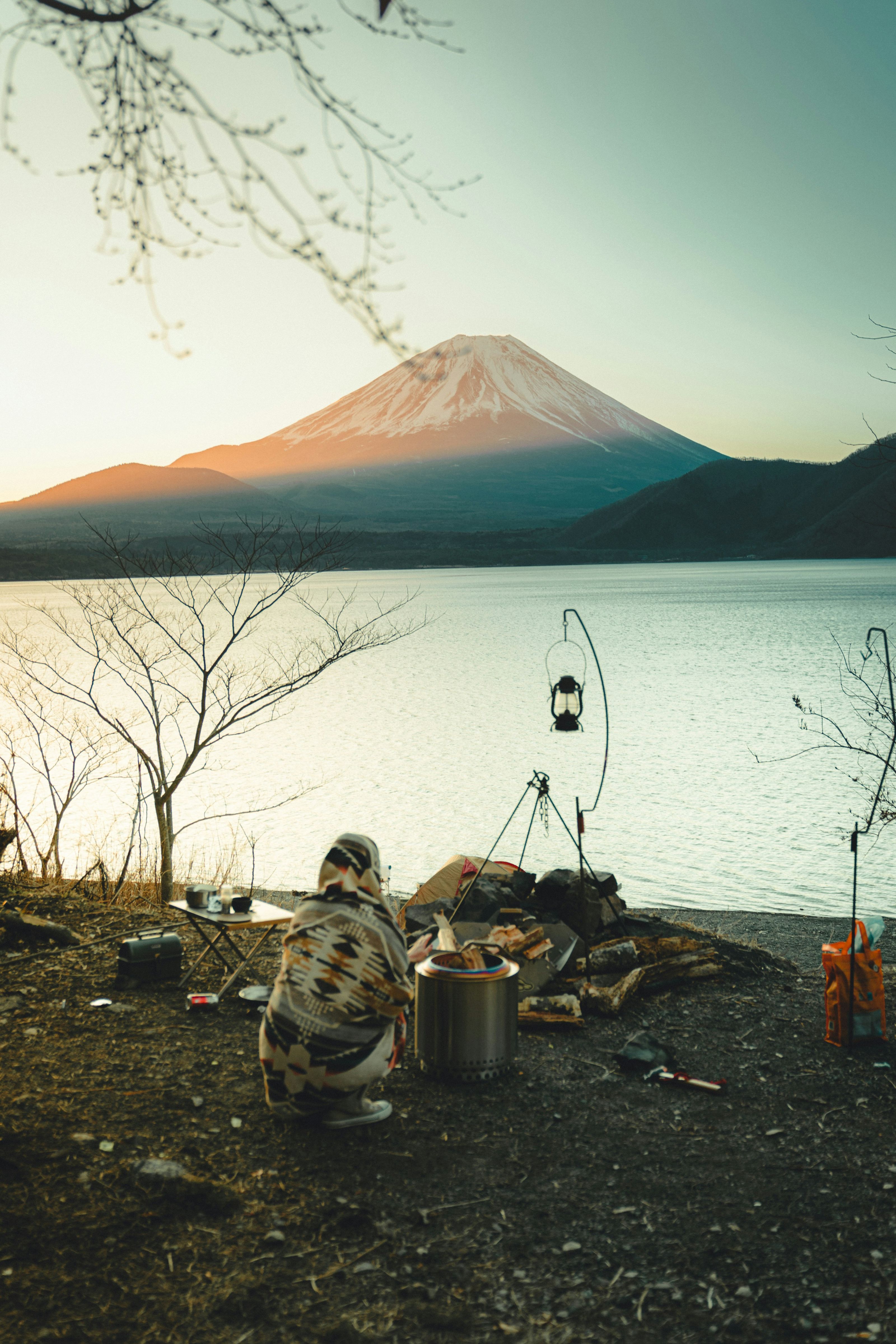As the winter months roll in, bringing with them the silent, serene beauty of snow-covered landscapes, the season also presents unique survival challenges. While winter can be magical, it is also merciless, particularly for the unprepared. The drop in temperature, shorter days, and unpredictable weather conditions all contribute to a scenario where knowledge and preparedness are not just beneficial but essential for survival. Winter survival tips are not just for the adventurous soul braving the wilderness; they are crucial for anyone who may find themselves facing the harsh realities of winter, whether due to unexpected weather changes, outdoor excursions, or emergencies.
Understanding winter survival is about comprehending the risks and knowing how to mitigate them effectively. The cold can be unforgiving, leading to risks such as hypothermia, frostbite, and other cold-related injuries. It can transform landscapes, making navigation tricky and sometimes dangerous. Moreover, winter weather can be unpredictable, turning a mild day into a hazardous situation in mere hours. This article aims to equip you with essential winter survival tips, ensuring you stay safe, warm, and prepared, whether you’re heading out for a winter adventure or facing unexpected challenges in the cold season.
Survival in winter conditions requires a different set of skills and knowledge compared to other seasons. This includes understanding how to dress appropriately, how to build a shelter to protect from the elements, how to navigate in the snow, and how to recognize and treat cold-weather injuries. Equally important is the mental preparedness to face these challenges, stay calm, and make rational decisions under pressure.
Whether you’re a seasoned outdoor enthusiast or someone who prefers the coziness of indoor warmth, these winter survival tips are vital. They provide not only a means to endure but also to embrace and enjoy the beauty and solitude that winter offers. In the following sections, we will delve deeper into the specifics of surviving and thriving in winter conditions, ensuring that you are well-prepared for whatever this chilly season throws your way.
The cold season is not to be underestimated; with the right knowledge and tools, you can turn a potentially dangerous situation into a manageable and even enjoyable experience. So, let’s embark on this journey of understanding and preparing for winter survival, where being informed is just as crucial as being equipped.
Dressing for Survival: The Art of Layering
One of the most critical aspects of winter survival is understanding how to dress appropriately. The key here is layering. Three layers are generally recommended: the base layer, which keeps you dry; the insulating layer, which keeps you warm; and the outer layer, which protects you from wind and precipitation. Synthetic fabrics and wool are ideal as they retain heat even when wet, unlike cotton, which loses its insulating properties when damp. Additionally, don’t forget accessories like gloves, a warm hat, and waterproof boots, as a significant amount of body heat is lost through the extremities.
Building a Winter Shelter
If you find yourself stranded in the wilderness during winter, building a shelter is a priority. Your shelter should protect you from the elements and retain heat. Snow, while cold, is an excellent insulator and can be used to your advantage. Constructing a snow cave or a lean-to with a tarp can be life-saving. Remember to ensure proper ventilation in any snow shelter to prevent carbon monoxide poisoning, especially if you plan to build a fire.
Fire Making and Heat Retention
Knowing how to make and maintain a fire is crucial in winter survival. Fire provides warmth, a means to cook food, and a way to signal for help. Always carry waterproof matches, lighters, or a flint striker. Finding dry wood in winter can be challenging, so look for dead branches on trees or bring a small hatchet to chop into larger fallen logs where the interior might still be dry. Keep in mind that fire safety is paramount; never leave a fire unattended.
Food and Hydration
Food is your body’s primary source of energy, which is vital for heat production. High-calorie, protein-rich foods are best for cold environments. Also, staying hydrated is crucial, as dehydration can lead to hypothermia. Melt snow for drinking water, but never eat snow directly as it can lower your body temperature. Always boil water to eliminate potential pathogens.
Navigating the Snowy Terrain
Winter landscapes can be disorienting. Carrying a map, compass, or GPS device is crucial for navigation. Be aware of shorter daylight hours and the potential for whiteout conditions where visibility is severely reduced. Understanding the terrain is also vital to avoid hazards like frozen lakes, deep snow, and areas prone to avalanches.
Recognizing and Treating Cold-Weather Injuries
Being able to identify and treat cold-weather injuries like frostbite and hypothermia can save lives. Frostbite occurs when skin and other tissues freeze, typically affecting extremities. Hypothermia is a drop in core body temperature and can be deadly if not treated promptly. Both require immediate medical attention, but initial steps include getting to a warm place, removing wet clothing, and slowly warming the body.
Mental Preparedness
Lastly, never underestimate the power of mental preparedness. Panic can lead to poor decision-making. Stay calm, assess your situation, and make decisions based on logic and survival knowledge. Remember, survival is as much a mental challenge as it is a physical one.
Winter survival demands respect for the elements and preparation. By understanding these principles and preparing accordingly, you can ensure that your winter experience is safe and enjoyable.
Key Takeaways for Winter Survival
Winter survival, while challenging, is manageable with the right knowledge and preparation. The key takeaways from this discussion are:
- Appropriate Dressing: Layering is essential. Choose materials that retain heat even when wet and remember to cover your extremities.
- Shelter Building: Use the environment to your advantage. Snow can be a good insulator. Ensure your shelter is well-ventilated and retains heat.
- Fire Skills: Fire is a survival essential. Carry reliable fire-starting tools and know how to find dry fuel in wet conditions.
- Nutrition and Hydration: High-calorie, protein-rich foods are vital. Stay hydrated by melting and purifying snow.
- Navigation Skills: A map, compass, or GPS can be a lifeline in disorienting winter terrains. Be aware of the shorter daylight hours and potential hazards.
- Recognizing and Treating Injuries: Know the signs of frostbite and hypothermia and how to treat them. Immediate warmth and medical attention are crucial.
- Mental Preparedness: Stay calm and make decisions logically. Survival is as much a mental game as a physical one.
Final Thoughts
Winter survival requires respect for nature’s power and an understanding of your own capabilities and limits. Preparation, both mental and physical, cannot be overstated. Equip yourself with the knowledge and tools necessary for survival, and practice these skills regularly. Remember, the best way to survive any situation is to be prepared long before you find yourself in it.
Whether you’re a seasoned adventurer or a casual hiker, these survival tips can help ensure your safety in the winter wilderness. By respecting nature, preparing adequately, and keeping these tips in mind, you can enjoy the beauty and solitude of winter safely and responsibly.
Stay safe, stay prepared, and embrace the adventure!








